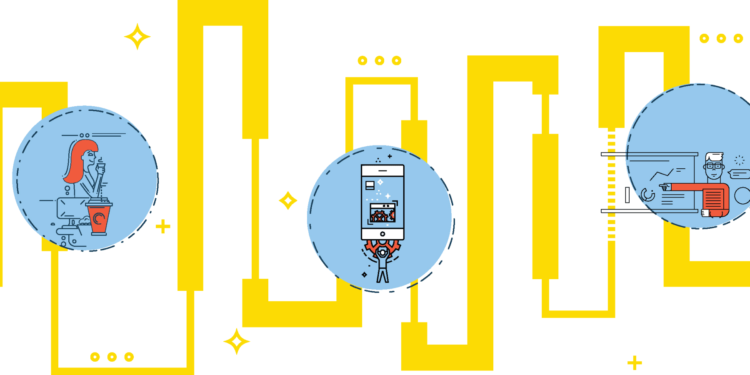If you are running a business, regardless of its size, you will know that employee engagement is one of the most important things to have. When employees buy into what the organisation is trying to do, they are more likely to put more effort in and strive for the best results.
Boosting employee engagement, however, is not as easy as it seems, especially with today’s work environment. Fortunately, some of the latest technologies and tools are designed to empower employees and boost their engagement further.
Collaboration in the Cloud
Collaborative tools like Microsoft Teams and Facebook Workplace are specifically designed to take online collaboration to the next level. Sure, we have apps like Slack offering ways for teams and team members to communicate, but many of them are not designed for the challenges faced by organisations today.
Newer cloud collaborative tools also focus more on getting actual work done rather than just communicating about what to do. Google Docs, for instance, now supports more team members with its online document editing tools. The advanced versioning and support for multiple backups make the tool even more robust.
Be Proactive
Boosting employee engagement also requires a proactive approach. You can, for example, actively ask employees about what they need (and how they are doing) in order to find out if they are empowered enough to do their best. Inpulse.com offers a range of employee surveys, so you can check how happy employees are as often as you feel is necessary.
HR analytics and supporting tools are extremely useful for businesses of all sizes. Surveys and analytical tools are designed to be intuitive enough so that asking employees about how they are doing doesn’t have to be a cold and awkward process. In fact, the available tools are easy to integrate with other technologies you use.
Allowing Remote Working
Remote working is all the rage right now. It is more of a necessity rather than a trend, but many organisations are embracing remote working and ready to implement it in the long run. There is a good reason for that: the apps and services supporting remote working are far more capable than they were a few years ago.
A Human Resource Information System or HRIS is usually used to keep track of employee work hours. Platforms like Google Meet and Zoom allows video conferencing to be the norm rather than an option. Since group meetings can be held via video, more tasks can be handled in better and more effective ways.
Result-Oriented Approach
The adoption of remote working as the norm also brings another innovation: result tracking instead of time tracking. This is where project management tools like Trello – and other solutions based on the Kanban methodology – becomes very important. The Kanban system doesn’t just focus on time and resource allocation, but also on results.
ClickUp, for example, allows managers to keep track of what team members are doing visually. They can measure the workload of each team member and even predict bottlenecks before they happen. At the same time, managers can keep track of results that are expected from multiple, sometimes very complex projects, without having to micro-manage or follow up on tasks manually.
A Brave New World
Other technologies, including the more capable devices supporting workers across the country and the soon-to-be-more-available 5G connectivity make boosting employee engagement easy, even when team members are working remotely and away from the office.
As long as you are willing to use technology to provide the right environment that empowers team members, employee engagement will never be an issue, and the organization can continue to grow exponentially with the support of its members.


